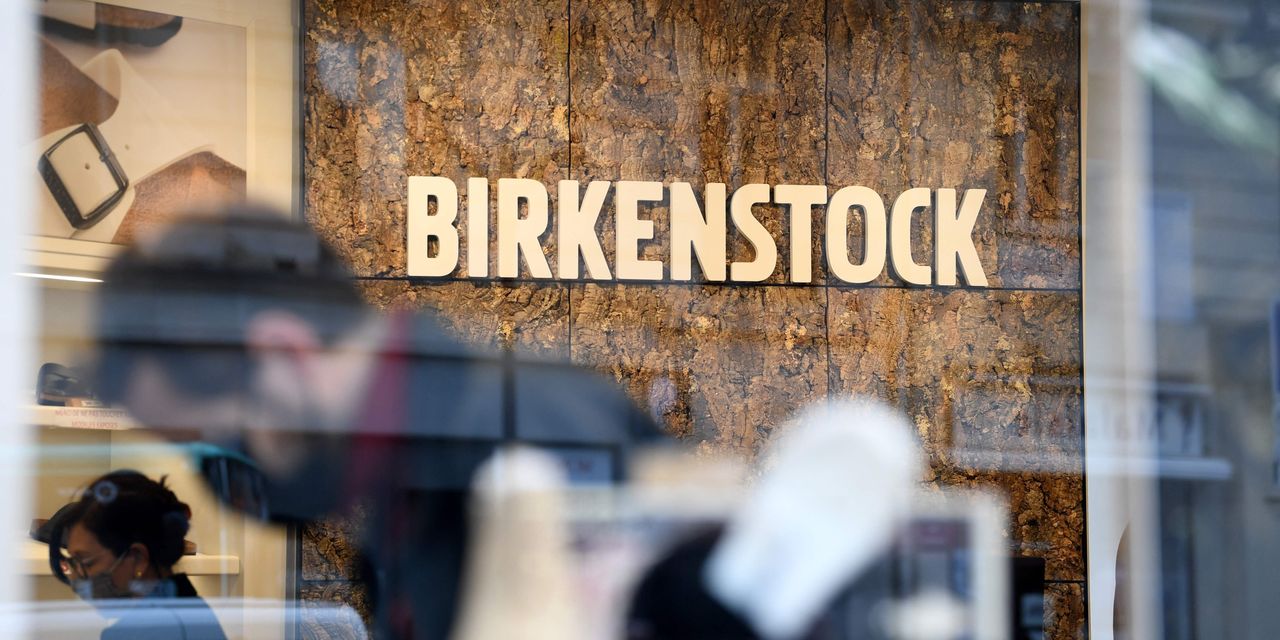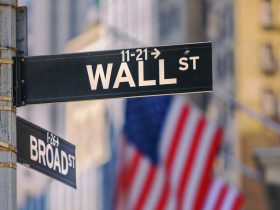German sandal maker and in-again fashion icon Birkenstock has filed for an initial public offering, according to a filing late Tuesday.
The filing doesn’t list the number of shares the maker intends to sell or a price range yet. Filing fees were also left blank. The company plans to list its shares on the New York Stock Exchange under the ticker symbol BIRK.
According to reports in July, private-equity firm L Catterton, backed by LVMH
MC,
was mulling over its options for Birkenstock, including an initial public offering that would value the sandal maker at more than $6 billion.
Deal underwriters include Goldman Sachs and JP Morgan. The company enjoys “consistently robust revenue growth and operating margins” and “excellent” sell-through rates, it said in the filing.
In fiscal 2022, Birkenstock notched revenue of 1.24 billion euros ($1.33 billion), gross profit margin of 60% and adjusted gross profit margin of 62%, on net profit of 187.1 million euros, it said. It sold about 30 million shoes.
Birkenstock “is more than a shoe. lt’s a way of thinking, a way of living,” Chief Executive Oliver Reichert said in the filing.
After being around in some way or the other since the 18th century, the company is going public now because that is “a logical step that began with the stepping back of the family from the operational business.”
“This took us to the next level through our partnership with L Catterton, and now marks a new important milestone with our plan to go public, inviting a broader group of investors to join our undertaking. This is the beginning of a new chapter,” Reichert said.
Birkenstock’s recent fame can be tracked back to the “Barbie” movie, where Barbie opts for the classic, or some might say frumpy, sandals in pink. Eagle-eyed fashionistas also noticed that the main character in the Hulu hit “The Bear,” a chef, wears the brand’s $155 clogs. Target Corp.
TGT,
is rumored to be bringing back a Birkenstock clog knockoff soon.
“Some say [that] ‘Birkenstock is having a moment.’ I always reply then, ‘This moment has lasted for 250 years, and it will continue to last,’” thanks to consumers’ preference toward more casual apparel, a “growing preference for healthy products,” and increasing “appreciation of craftmanship and a preference for brands with a purpose,” Reichert said.
Read the full article here













Leave a Reply